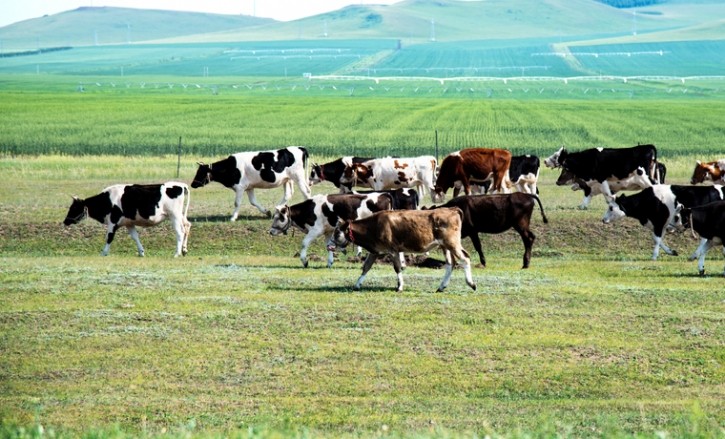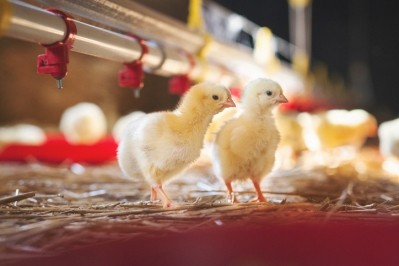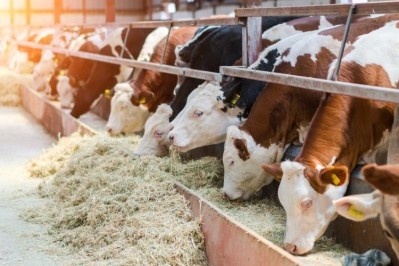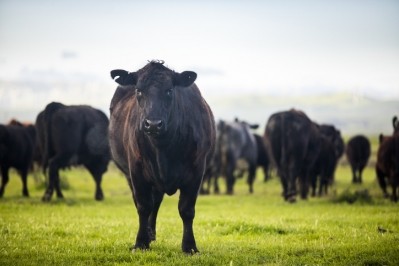China is growing as a dairy producer, but demand is racing ahead

Despite its high global ranking in milk production, the country remains the largest dairy importer due to its large population, which continues to grow its per capita dairy consumption, finds Rabobank.
And there’s a significant opportunity to grow domestic per capita consumption further, as it is currently only one-third of the global average, noted those analysts.
Rabobank forecasts China’s milk supply to expand from 41.5 million metric tons in 2023 to 47.4 million metric tons liquid milk equivalent (LME) in 2032, with an average compound annual growth rate (CAGR) of 1.5% by volume.
The country’s annual demand is expected to grow 2.4% on average between 2023 and 2032, with dairy consumption reaching 62.2 million metric tons LME by 2032, they said.
“China will continue to have a significant role in the global dairy industry, with a further widening of the import deficit expected. In 2032, imports are likely to reach 15 million metric tons LME,” explains Michelle Huang, dairy analyst at Rabobank.
According to a recent dairy report by the Dutch bank, China’s self-sufficiency rate swings between 70% and 80% and is not likely to increase substantially, so domestic dairy production will not satisfy rising demand in the long run.
“The most significant swing factors influencing domestic supply will be production costs, the availability of land, water, heifers, and capital, and future government policy.
“On the demand side, downside risks include weaker income growth, slow economic growth, and sluggish consumer demand,” said Huang.
Highly concentrated production
China’s milk production is highly concentrated, primarily based in the northern part of the country. Regions such as Inner Mongolia and Heilongjiang are within the dairy farming belt.
The growth in the country’s milk industry has been stimulated by a shift in food security awareness due to geopolitical issues faced by China over the last few years. In February 2022, the country’s ministry of agriculture and rural affairs (MARA) implemented a five-year plan for the domestic dairy sector, which highlighted key actions that the government would facilitate including the promotion of large-scale modern dairy farms.
From 2015 to 2020, the percentage of the Chinese dairy herd on farms with more than 1,000 head increased from 24 to 44%. Dairy farms of over 1,000 head are expected to expand and dominate the Chinese dairy landscape, accounting for 56% of the country’s herd by the end of 2025.
MARA is also looking to improve domestic breeding and genetics capabilities, to support the digital transformation of dairy farming, and to encourage the vertical integration of the dairy value chain.
Forage supply
Another key target identified by the ag ministry is an increase in the supply of high-quality forage.
“Dairy cows in China are commonly fed three types of rations: forage grass/alfalfa, concentrated feed, and supplementary feed. Alfalfa plays a crucial role in increasing the milk yield and its protein content and China’s dairy farms rely on imported alfalfa from the US,” reads the Rabobank report.
To reduce reliance on imported alfalfa and bolster domestic supply the government has developed several high-yielding alfalfa farms in Inner Mongolia, Gansu, and Ningxia provinces, said the dairy market specialists.












